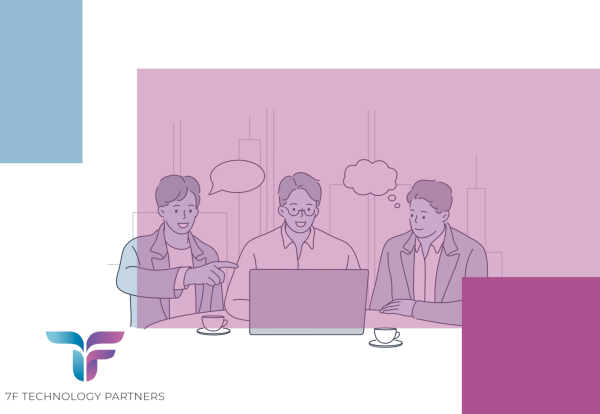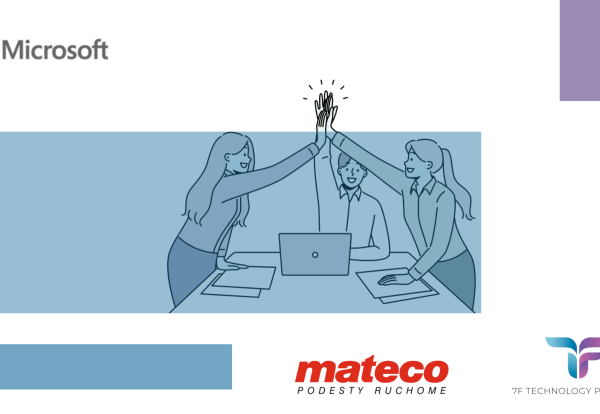
How should you get ready for migration to keep things running smoothly?
Getting ready to launch a new ERP but not sure how to migrate your data?
Does your implementation partner need a hand with migration?
In the middle of an ERP implementation and the finish line keeps moving?
Worried that your new system will be filled with data you don’t really need?
This is a site for you!
The market tends to assume that the customer is responsible for migrating the data that will later be used in the new system. That often creates plenty of challenges for the client side – after all, it’s unrealistic to expect end users to be migration experts. So how can they prepare the data properly and efficiently?
Remember, migration isn’t a one-off data transfer – it’s the thread that links every phase of the implementation. From our experience, running the migration process in parallel with the rollout:
boosts the effectiveness of testing,
lowers post-go-live costs,
and guarantees high-quality data.

Dawid Gałęzyka
How to migrate data?
When we move data, we follow an ETL process (Extraction, Transformation, Load). In short, it converts your historical data and feeds it into the new system. For clients, that’s a perfect moment to clean and correct what’s been collected so far, ensuring the new environment starts off with top-quality information tailored to better processes.
An ETL tool should be intuitive for users, run the same way every time, and let auditors enrich or tweak data as needed. And, of course, it must fit the team’s skills and openness to change.
The payoff? The whole implementation flows more smoothly – no delays, no budget burn – and the stabilization period doesn’t drag on. You end up with a system that works exactly as planned, filled with data that’s in its best possible shape.
How can we help?
We offer a hybrid approach – Migration +. We don’t just run the migration itself; we also help the client build the data-mapping layer – matching like-for-like fields from one database to another – and we handle the entire historical-data transformation, working side by side with the client and coaching them all the way through.
This raises Key Users’ awareness of how their data will appear and be used in the new system. It also makes it easier for them to keep existing processes – or the improved versions – running smoothly, ensuring a knowledgeable switch to the new tool.
The final stages of a migration can be intense, time-pressured, and fast-changing. That’s why our migration consultants bring not only the technical know-how, but also deep business experience, so they can share best practices with the client. On top of that, they have strong soft skills – crucial for getting the job done effectively in such demanding conditions.





